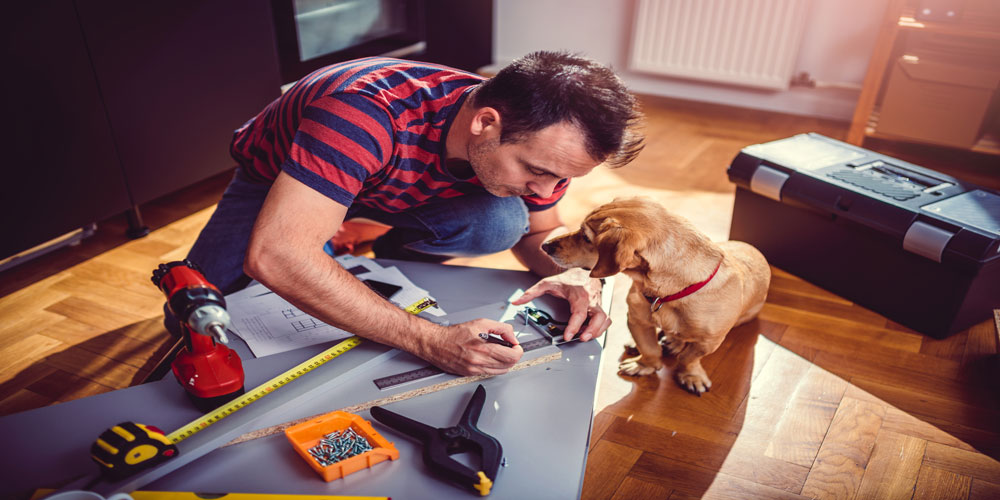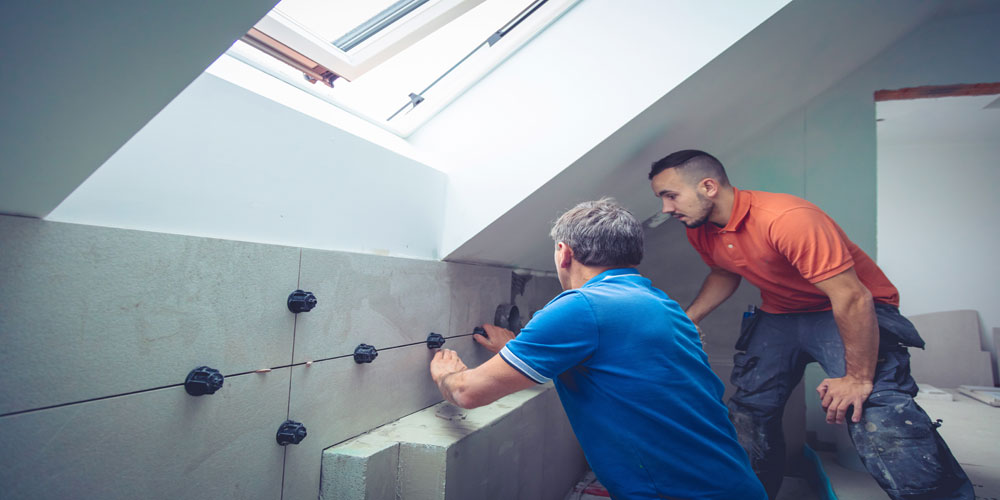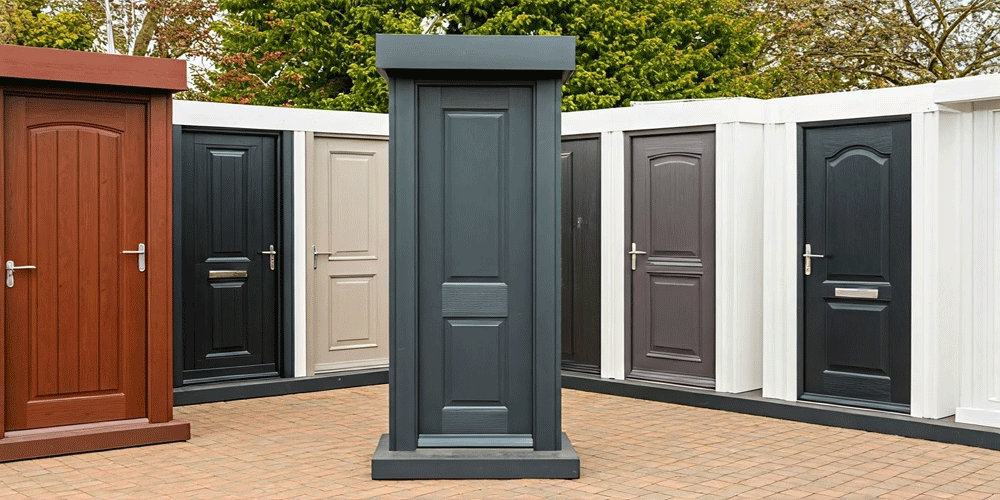DIY Skills for the Homeowner to Master
Owning a home is a significant milestone in life, but with it comes a new set of responsibilities. While calling a professional for every minor issue might seem tempting, it can quickly become expensive. Equipping yourself with some essential DIY skills not only saves money but also empowers you to maintain and personalize your space. Here’s a rundown of some must-have DIY skills every homeowner should master.
1. Basic Plumbing Skills
Fixing Leaky Faucets
A dripping faucet can be incredibly annoying and waste a significant amount of water over time. Most leaks are caused by worn-out washers or seals, which are relatively simple to replace. Familiarize yourself with the types of faucets in your home, whether compression, cartridge, or ball type, and learn how to disassemble and reassemble them.
Unclogging Drains
Clogged sinks and bathtubs are common issues. Before reaching for harsh chemicals, try using a plunger or a plumber’s snake. These tools can often clear blockages without damaging your pipes.
Toilet Troubleshooting
Running toilets can waste a lot of water. Often, the problem lies with the flapper not sealing properly. Learning how to adjust or replace the flapper can save you from inflated water bills.
2. Electrical Basics
Replacing Light Fixtures
Updating light fixtures can dramatically change the look of a room. Always ensure the power is off at the breaker before starting any electrical work. Familiarize yourself with the wiring colors and connections to safely install new fixtures.
Installing a Ceiling Fan
Ceiling fans are great for improving air circulation. The installation process is similar to that of a light fixture but may require additional support, especially if the fan is heavy. Make sure the electrical box is rated for fan support.
Resetting Breakers
Understanding your home’s electrical panel is crucial. Learn how to safely reset a tripped breaker and identify what might be causing the issue.
3. Carpentry and Woodworking
Hanging Shelves
Knowing how to properly hang shelves can increase your storage space and add decorative elements to your home. Use a stud finder to ensure your shelves are securely anchored.
Fixing Squeaky Floors
Squeaky floors can be a nuisance. Often, they can be fixed by driving screws into the floor joists or using special adhesive products designed to minimize noise.
Building Simple Furniture
From coffee tables to bookshelves, building simple furniture is a rewarding skill. Start with beginner-friendly projects and gradually take on more complex designs as your skills improve.
4. Painting and Decorating
Painting Walls
A fresh coat of paint can transform any room. Learn how to properly prep walls, choose the right paint type, and use techniques like cutting in and rolling for a professional finish.
Wallpaper Application
While more time-consuming than painting, wallpaper can add unique patterns and textures to a space. Practice matching patterns and using the right adhesive for a seamless look.
Caulking
Caulking is essential for sealing gaps around windows, doors, and fixtures. It helps with energy efficiency and prevents water damage. Practice applying a smooth, even bead for the best results.
5. Outdoor Maintenance
Lawn Care
Understanding the basics of lawn care, from mowing to fertilizing, can keep your yard looking pristine. Learn about your grass type and the best maintenance schedule for your climate.
Basic Landscaping
Simple landscaping projects, like planting flower beds or installing garden paths, can enhance your home’s curb appeal. Start with small projects and expand as you gain confidence.
Gutter Cleaning
Clogged gutters can lead to water damage. Regularly cleaning them, especially after the fall, ensures water flows away from your home properly. Always prioritize safety by using a sturdy ladder and having someone spot you.
6. Home Safety and Security
Installing Smoke and Carbon Monoxide Detectors
These devices are critical for home safety. Learn how to install and test them regularly to ensure they’re functioning correctly.
Basic Home Security
Installing deadbolts, window locks, and even a simple home security system can provide peace of mind. Many modern systems are DIY-friendly and can be monitored from your smartphone.
7. Tool Familiarity
Essential Tools
Every homeowner should have a basic set of tools, including a hammer, screwdrivers, a drill, a level, and a tape measure. Familiarize yourself with their uses and proper handling.
Power Tools
While intimidating at first, power tools like saws and sanders can greatly expand your DIY capabilities. Start with entry-level models and always follow safety guidelines.
Mastering DIY Skills
Mastering these essential DIY skills can greatly enhance your homeownership experience. Not only will you save money, but you’ll also gain the satisfaction of knowing you can tackle many common household issues on your own.
Remember, practice makes perfect, and there are countless resources available, from online tutorials to community workshops, to help you along the way. Embrace the challenge and enjoy the journey of becoming a proficient DIY homeowner!
Before starting any DIY project, prioritise safety by preparing your workspace, using appropriate personal protective equipment (PPE), and understanding your tools and materials. Always clear the area of clutter, ensure good ventilation and lighting, and shut off power to any circuits you’re working near. Wear safety glasses, gloves, and appropriate footwear, and keep a first-aid kit and fire extinguisher nearby.
If you are unsure of anything always seek professional advice. Some tasks are better left to the professionals, no matter how experienced you are at DIY, and it is important to know what they are.








